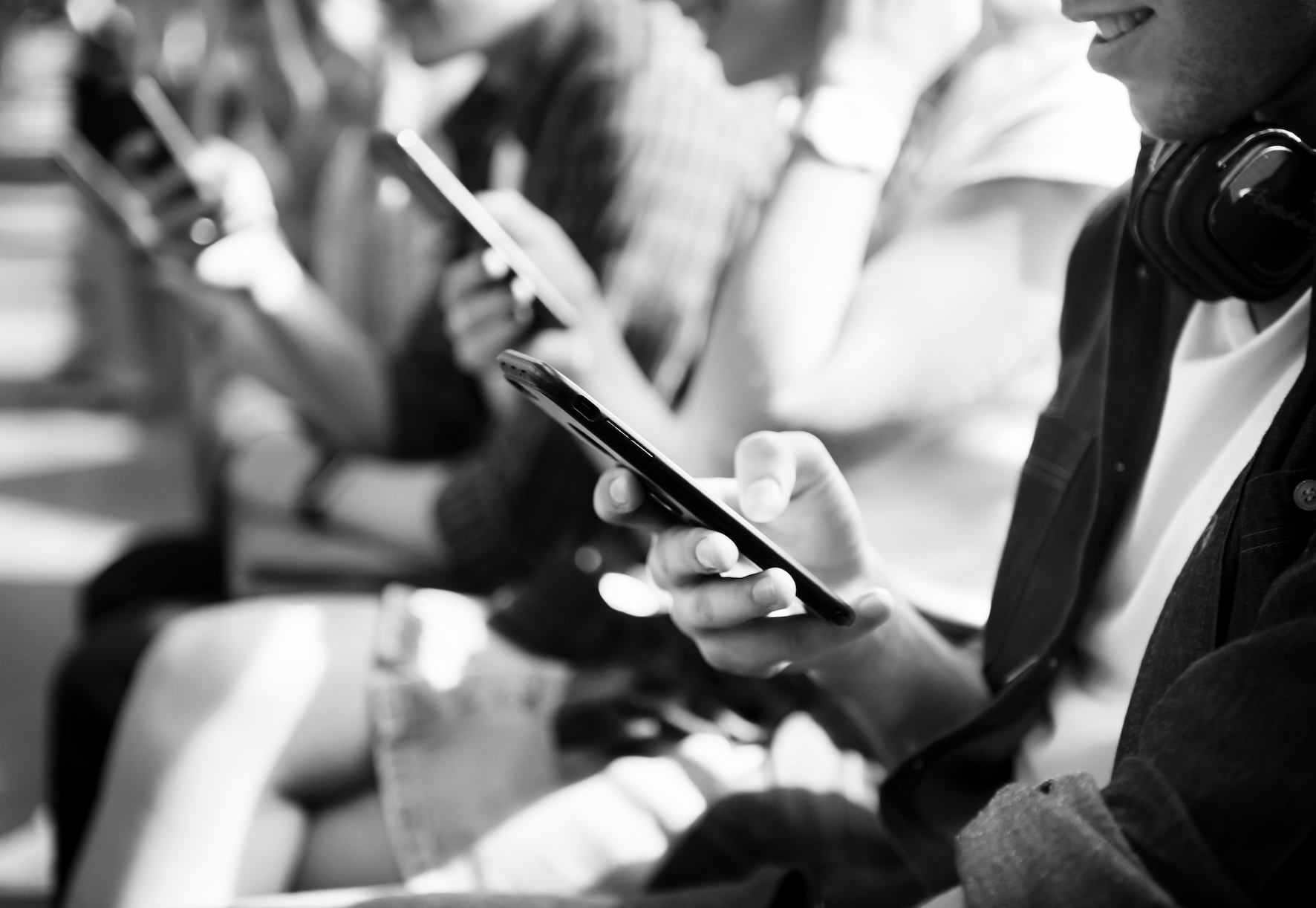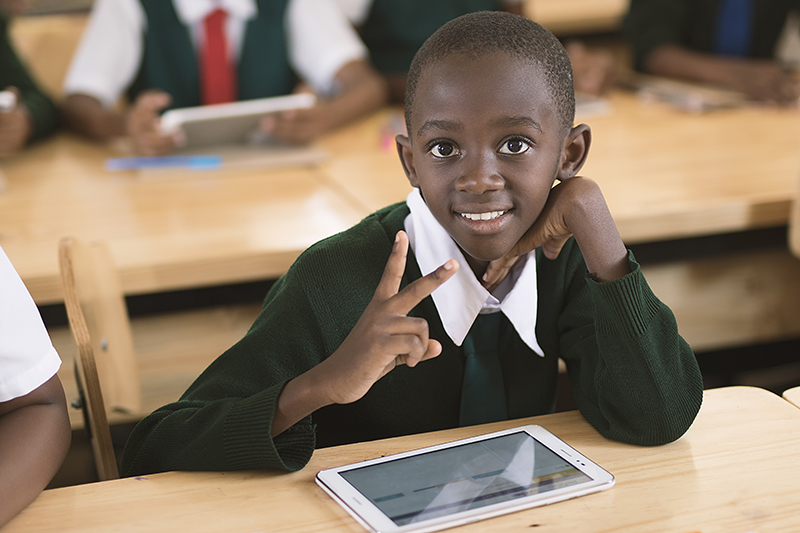Amid a technological revolution that is turning the very foundations of our society upside down, the educational sector is experiencing tumultuous times. The speed and depth of the changes, perhaps the largest we’ve lived through in recent centuries, are frightening and fertilise the ground for demagoguery, unreflective discourse, and baseless opinion to flourish. For some, technology in education embodies all evils; for others, it’s seen as a magical cure, making it the subject of intense debate in recent months.
In the midst of this, the PISA report (Programme for International Student Assessment), the world’s most significant educational test, promoted by the OECD and assessing the academic performance of 15-year-olds from various countries every three years, has re-emerged. The latest edition of the report announced a minor debacle: globally, the drop in learning outcomes has been the largest since the report’s inception in 2000. According to PISA, this drop, 10 points in reading and 15 in mathematics, can only be partially attributed to the effects of COVID-19.
The OECD has fully entered the debate by indicating that the use of phones and other electronic devices can also impact learning, to then advise against their prohibition and ask governments to develop policies that allow students to make appropriate and moderate use in school “for the purpose of learning.”
This confrontation, often presented as a dichotomy between tradition and progress, overlooks the real question: how to effectively integrate technological tools into the educational domain. We will explore this debate, highlighting common misunderstandings and advocating for a more balanced view that recognises the transformative potential of technology in education.
This confrontation, often presented as a dichotomy between tradition and progress, overlooks the real question: how to effectively integrate technological tools into the educational domain.
What Educational Technology Is Not
Let’s try to focus the debate by dispelling false myths about what educational technology is and is not.
Educational technology is not, as Laura Cuesta tells us in Telos Magazine, merely moving from the physical book to the tablet. Educational technology goes far beyond the simple transition of mediums, and its true essence lies not only in changing the learning platform but in transforming the educational experience as a whole. As Cuesta argues, “we are talking about a pedagogical and not a technological issue. Everything must be based on a methodology, regardless of the medium with which we carry it out: we can perfectly promote reading comprehension and critical thinking with a book or with a tablet, success will depend on the type of activity we propose to our students and how we manage to motivate them for it.”
As this author rightly establishes, blaming screens for poor results in reading comprehension tests is, at best, a simplistic approach. Especially because at the ages when the foundations of literacy are being established, the processes of digitisation and exposure to new technologies are still very limited.
What Is Educational Technology?
Online platforms, digital libraries, educational applications… Properly used educational technology can play a crucial role in reducing educational disparities. For example, it can provide access to a wide range of educational resources. Online platforms, digital libraries, and educational applications allow students, regardless of their geographical location, to access high-quality learning materials. This is especially relevant for those who might lack resources in traditional educational environments.
It also facilitates personalised learning, adapting to the individual needs of each student; allows for distance education, bridging geographical gaps; facilitates interaction between students and teachers, regardless of their location; enables continuous monitoring of student progress…
According to expert Carlos Magro, educational technologies are environmental forces that influence our way of understanding the world and the way we relate to knowledge and information. They have become an ecosystem that redefines the processes of teaching and learning, and which schools must integrate consciously and critically.
The Real Debate
Thus, the question “technology in the classroom, yes or no?” that we ask ourselves every time a new technological advancement emerges is a completely outdated question that should be replaced by the following questions: Is this educational technology? Who has designed and produced it? What do we want this technology for in the school/classroom? and how do we want to use it in education?
Implementing educational technology correctly to take advantage of its benefits leads us to many other questions: What educational goals do we want to achieve? Is it aligned with our pedagogical objectives?
However, normally, the introduction of technology into classrooms often lacks the necessary reflection and has been, in many cases, rushed, without a critical evaluation of its educational impacts and benefits. This thoughtless incorporation has led to the simplistic and opposing positions that have originated the false debate of our title: technology or education, as if they were two completely opposed concepts. And this sterile polarisation prevents us from moving towards what truly
Cover Image: rawpixel en Freepik






